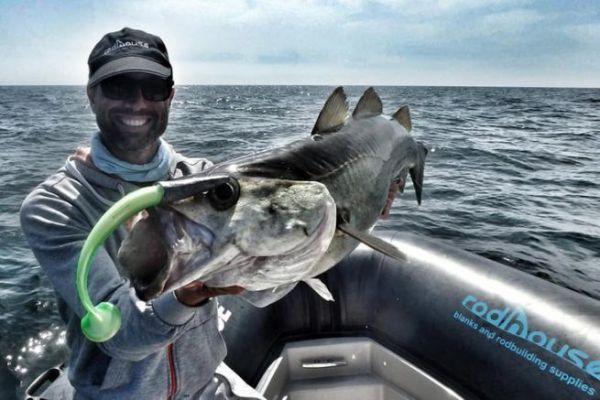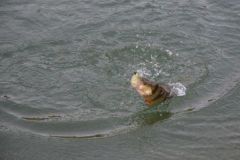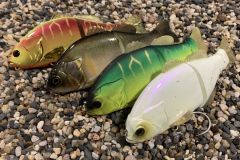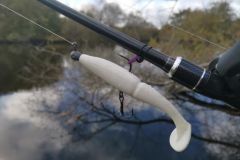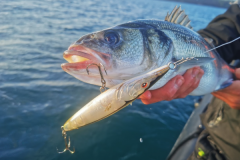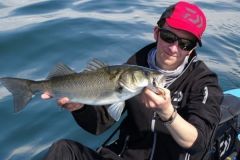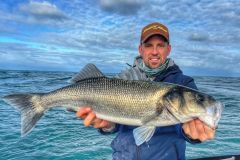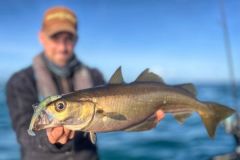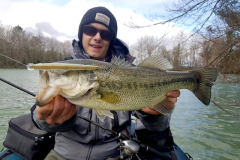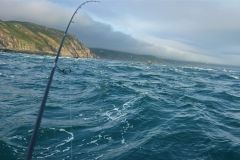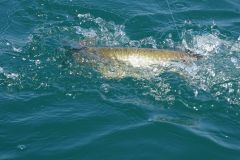The main reason for the proverbial "big bait, big fish" is statistics... But everyone knows that numbers can be interpreted in different ways! Proponents of big lures will say that with big lures, they catch fewer small fish and more big ones. In short, the percentage of nice catches is higher, but do they catch more over a season than those using smaller lures?
Density
Targeting big fish requires fishing in an environment where they are present in large numbers. If the biotope in which you fish is not rich in large specimens, an approach based on the use of big lures can quickly become random and very discouraging.
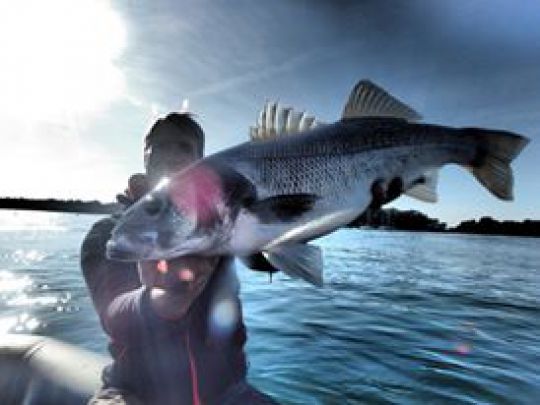
Species and environment
I believe (there's that belief again...) that some species are more sensitive to lure size than others, depending on the environment in which they live and, consequently, the prey on which they usually feed. So, as a freshwater and sea angler, I have the impression (and I stress this term) that pike, for example, outside the summer months, will much more often focus their activity on relatively large prey, while sea bass, on the other hand, evolving in very vast and varied biotopes and environments, can feed on prey of very different sizes. For example, they may feed on 20 cm sandeels or large sardines in some areas, and crabs and shrimps in others... So to say "big lure = big fish" would be false and statistically unfounded!

Prey?
So, the important criterion is the prey that the predator hunts in the desired environment according to the season. If the prey of the place and of the moment are big, then the use of big lures is obvious and will make you catch big fish, but also medium-sized or even small ones... In this context, a big lure is simply synonymous with fish!
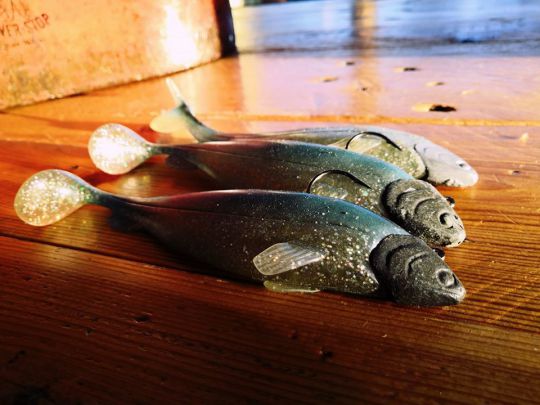
Discretion
Depending on where you're fishing, using a big lure will be counter-productive, because it simply won't do... It's not that predators don't feed on large prey, but casting a large lure requires you to disregard the notion of discretion... I'll leave it to you to assess the relevance of casting a 60-100 g lure in 50 cm of smooth, clear water with no current!
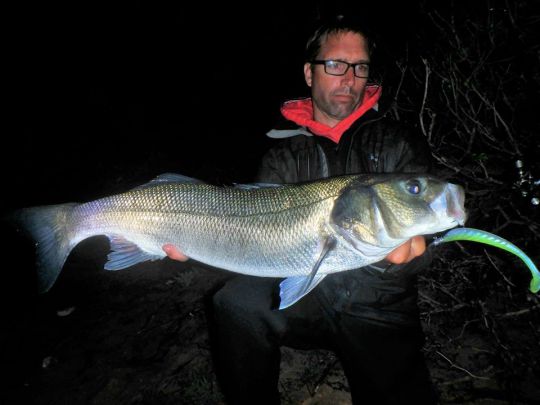
Select the largest
If I've been playing devil's advocate since the beginning of this subject, I'm nevertheless obliged to admit that using large lures is an effective strategy in the search for specimens for several reasons. The first being that it "limits" the attacks of smaller fish and therefore offers more opportunities for larger, less feisty fish to seize your lure and thus increase the average size of your catch.
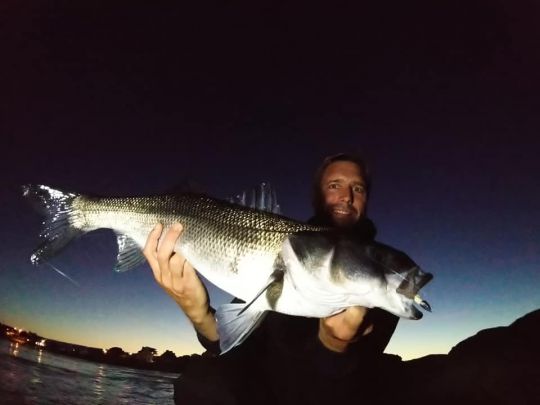
Effort-to-energy ratio
What's more, big, old fish often adopt a more leisurely lifestyle. They'll only deign to move if their prey is worth eating, especially if they're capable of ingesting it. So, offering a big bite means offering the fish a favorable energy/effort ratio, and therefore motivation...
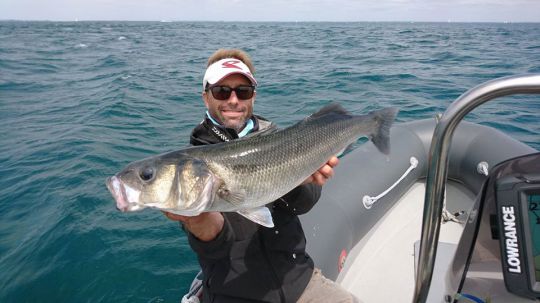
Competition
Clever big fish choose the best spots and make their mark... Presenting a large lure is sometimes perceived as a competitor rather than a prey. In this way, you can make fish react, not out of a need to eat, but out of aggression!
The importance of presentation
Big lure, small lure? While it is highly probable that this is important over a long period in terms of statistics and on the scale of an outing depending on the context, it does require a certain number of prerequisites to be taken into account upstream...
Before we get to the question of lure size, we have to start by solving the where? When? And the how? And whatever happens, I think it's better to have a bad lure of the wrong size, but presented perfectly, than a good lure presented awkwardly!

 /
/ 